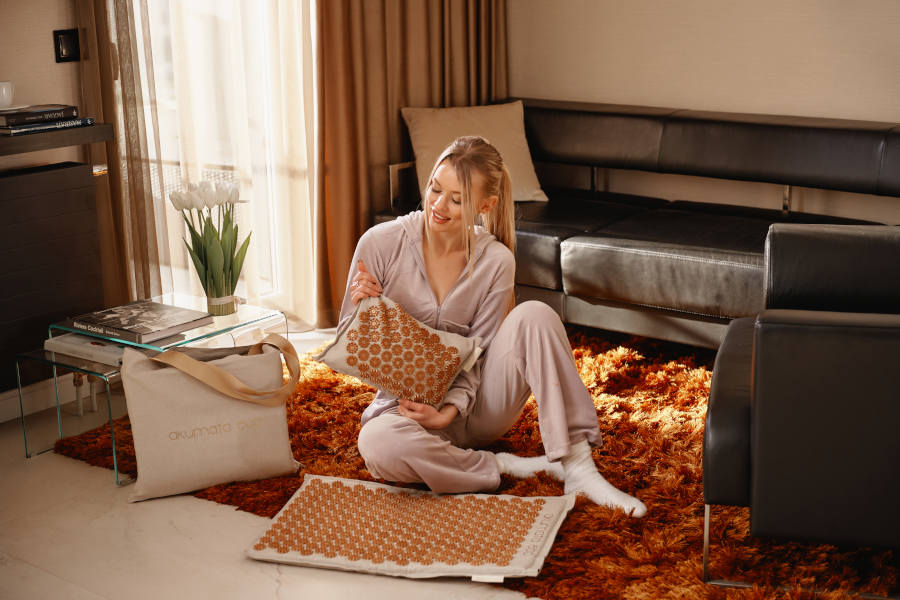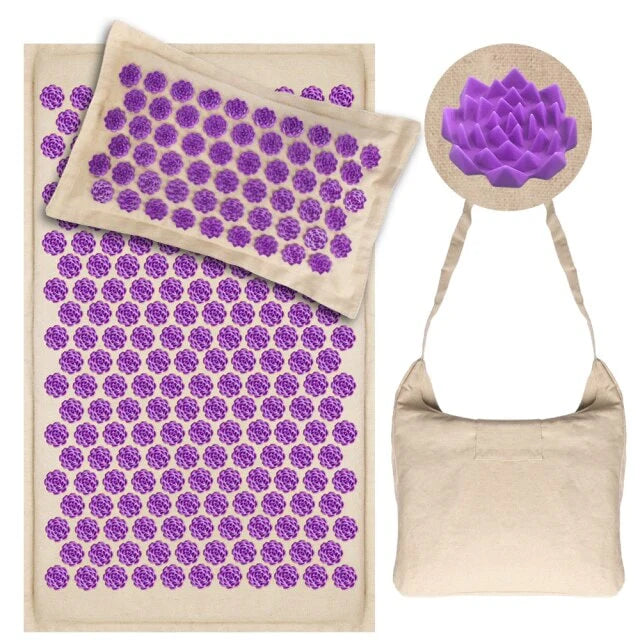Shizuto Masunaga (1925–1981) created Zen Shiatsu, also known as Iokai Shiatsu. Masunaga, who was raised by Shiatsu practitioners, first chose to enroll in a psychology program before deciding to pursue her Shiatsu training. In addition to teaching psychology at the Japan Shiatsu School, Masunaga was appointed a professor of psychology at the University of Tokyo. Wataru Ohashi, one of his students, led Masunaga to the United States in the late 1970s, where he lectured in San Francisco and New York.
Masunaga went on to write two books about his investigation into Zen Shiatsu and its applications, including "Zen Shiatsu: How to Harmonize Yin and Yang for Better Health" (written with Ohashi's assistance) and "Meridian Exercises," which outlines yoga-like exercises that one can perform independently to maintain internal equilibrium and healthy Ki flow. The form of shiatsu performed in the West has been substantially affected by the teachings of teachers like Shizuto Masunaga.

One of Buddhism's subbranches is Zen. Zen places a strong emphasis on using meditation to train the mind. To fully enlighten ourselves by understanding our inner essence is the central aim of Zen. Many human actions are applicable to its guiding concepts and methodologies. Zen has had a significant impact on Japanese culture, which includes haiku (Japanese poetry), aikido, judo, and other martial arts, as well as gardening, architecture, and tea ceremonies.
Zen is used to enhance a form of bodily treatment, called Zen Shiatsu. Traditional movements known as katas are frequently found in the various shiatsu forms. The patient is subjected to a series of stresses, strains, and mobilizations.
Masunaga incorporates these fundamental movements while also introducing an innovation: the treatment must be administered while paying close attention to the patient and any ailments they may be experiencing; the practitioner's movements are more guided by their intuition and a diagnosis that is unique to each individual than by a series of systematic movements.

Its effectiveness largely depends on the practitioner's mental state. The meditative state in which the practitioner places himself, the work on his own breathing, and the placement of his body (in particular, his center of gravity), frees the practitioner's mind and reinforces his sensitivity, his intuition, and as a result, his capacity to understand the patient from the inside and to detect the responses of his body to touch. He is able to select the course of the treatment as it develops thanks to this reading.
Basic concepts

Zen Shiatsu focuses on:
- Imbalances between Yin and Yang.
- Disproportions among the internal organs.
- Obstacles to Ki's ability to move freely via the meridians.
Specificity of Zen Shiatsu

Based on the following traits, Zen Shiatsu differs from other forms of shiatsu or traditional Chinese medical practices such as acupuncture:
Abdominal palpation is the primary method of examination. Abdominal assessment, known as Hara diagnosis in Japan, is an old Chinese technique that has largely fallen out of use in China but has been used in Kampo (the Japanese form of Chinese medicine) from the early 18th century.
In Japan, acupuncture, Zen Shiatsu, and herbal treatment all employ abdominal evaluation. This evaluation's goal is to evaluate whether each meridian is substantially full (in Japan: jitsu; in China: shi) or relatively empty (kyo; in both languages). A second abdominal diagnosis is conducted following treatment to assess any changes (improvements).

Instead of applying pressure point by point along the meridians, it is done in intervals. Masunaga also use the 12 traditional Chinese meridians (each connected with an organ), but he adds extensions across the associated abdominal diagnostic region.
Following a steady rhythm of pressure along the meridian, there is a brief perpendicular contact with the points that is perpendicular to the skin's surface. Although firm, the pressure is created by the practitioner's movement of the body. Pressure is less important than penetration.

The practitioner may need to often move about the patient and even move the patient (e.g., lift the head, move the arm) in order to combine the proper pressure and meridian tracing. The practitioner may also need to turn or bend the patient's arm, leg, or torso in order to reach specific spots, extend a meridian, or employ gravity or leverage to apply the proper pressure.
Even though the dysfunction is localized in one part of the body, Zen Shiatsu takes the entire body into account. Since it is believed that imbalances are brought on by a lack of proper Ki circulation in the meridians, the goal is to treat a meridian as a whole.

At all times, the practitioner keeps both hands on the patient's body and concentrates on both. One hand is static; it maintains the body in place and senses the energy produced by the actions of the other hand. While pressing the meridian points, the other hand is active.
In order to appropriately align the sequence of pressures and gestures, the practitioner works in a meditative state (clear and uncluttered mind, relaxed body). He doesn't concentrate on a predetermined list of theoretical ideas. He is also able to spread comfort and goodwill when in this state. The practitioner engages in frequent meditation practice to achieve this condition of enhanced awareness and distinct intention.








